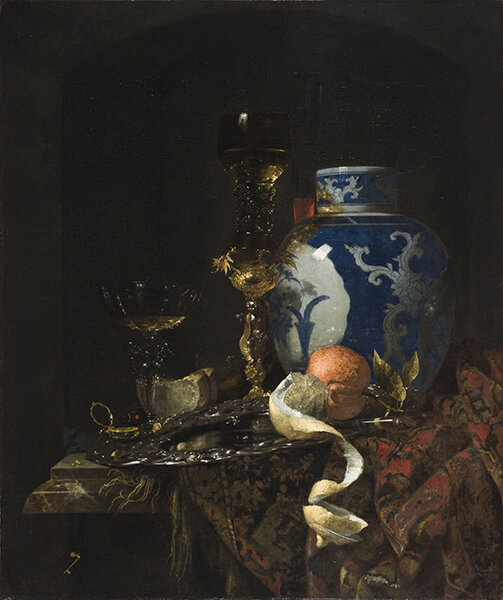The artfully peeled lemon, baring its spongy pith and shiny flesh, was one of the most beloved motifs of Dutch still-life painters in the 17th century. Why did the lemon become such a signature element of the genre? In this talk, Mariët Westermann, Executive Vice President of the Andrew W. Mellon Foundation, historian of European art, and author of several books—including A Worldly Art: The Dutch Republic, 1585–1718—explores the lemon’s importance to painters, botanists, and collectors in early modern Europe and explains how Dutch artists set the fruit on a path of pictorial pleasure for centuries to come. Generously sponsored by the Martin A. Ryerson Fund.
Note: This lecture is the fourth in the series “The Dutch Abroad and What They Brought Back.” All lectures are held in the Robert L. McNeil, Jr., Lecture Hall. Seating is limited. Doors open one hour prior to each lecture. Free tickets to the lecture are handed out in the lobby beginning one hour prior; ticket holders are guaranteed a seat.
Lecture Series: The Dutch Abroad and What They Brought Back: The Lemon’s Lure

Willem Kalf, Still Life with a Chinese Porcelain Jar, 1669. Oil on canvas. Indianapolis Museum of Art, Gift of Mrs. James W. Fesler in memory of Daniel W. and Elizabeth C. Marmon. Image courtesy of the Indianapolis Museum of Art